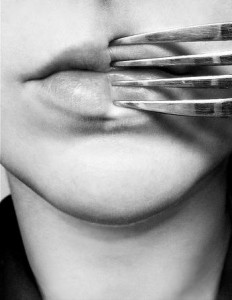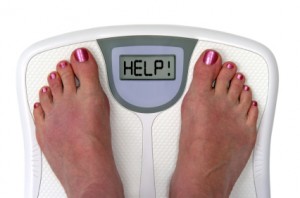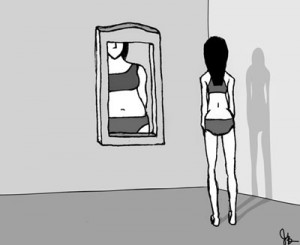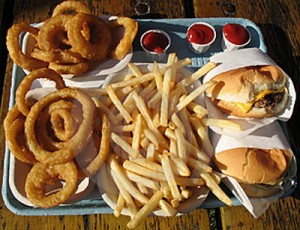 It’s important to remember that none of these factors mean that a young person WILL develop an eating disorder – they’re simply risk factors and a young person who has a combination of the different factors that we’re going to discuss may be more likely to develop an eating disorder than their peers, so it’s worth being aware of them.
It’s important to remember that none of these factors mean that a young person WILL develop an eating disorder – they’re simply risk factors and a young person who has a combination of the different factors that we’re going to discuss may be more likely to develop an eating disorder than their peers, so it’s worth being aware of them.
This post looks at Family factors – how a young person’s home environment or their relationships with their parents or carers might have an impact on their likelihood of developing an eating disorder. You might also be interested in reading the posts about Personality Factors and Social Factors.
A home environment where food, eating, weight or appearance have a disproportionate significance
Some families place a huge significance on food, eating, weight and appearance. This isn’t necessarily encouraged of the children in the family but having a mother or father who spends a lot of time worrying about their weight, exercising or dieting to influence their shape can rub off on children. Other families specifically encourage their children to eat less or lose weight or exercise to stay fit or lose weight. Read the rest of this entry »
 You wouldn’t expect to see all of these signs as some are related to different types of eating disorders and even just one or two of them can indicate a serious underlying problem so it’s really important to take them seriously.
You wouldn’t expect to see all of these signs as some are related to different types of eating disorders and even just one or two of them can indicate a serious underlying problem so it’s really important to take them seriously.





